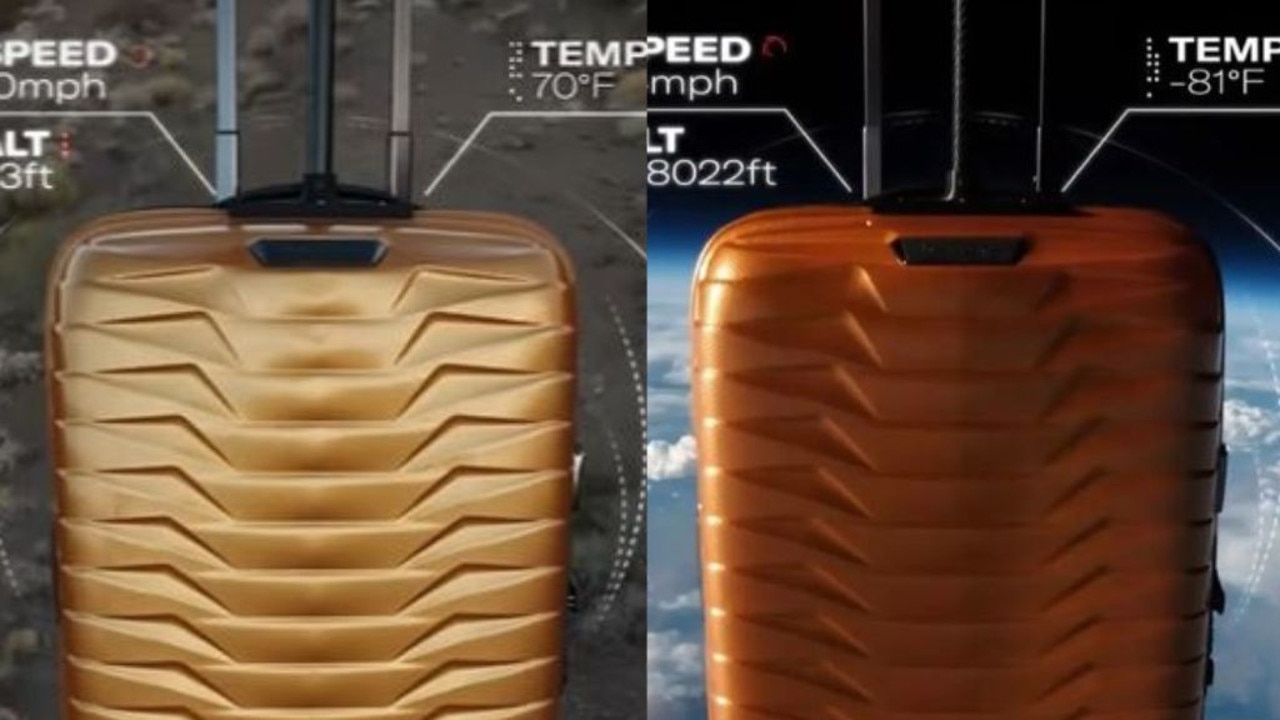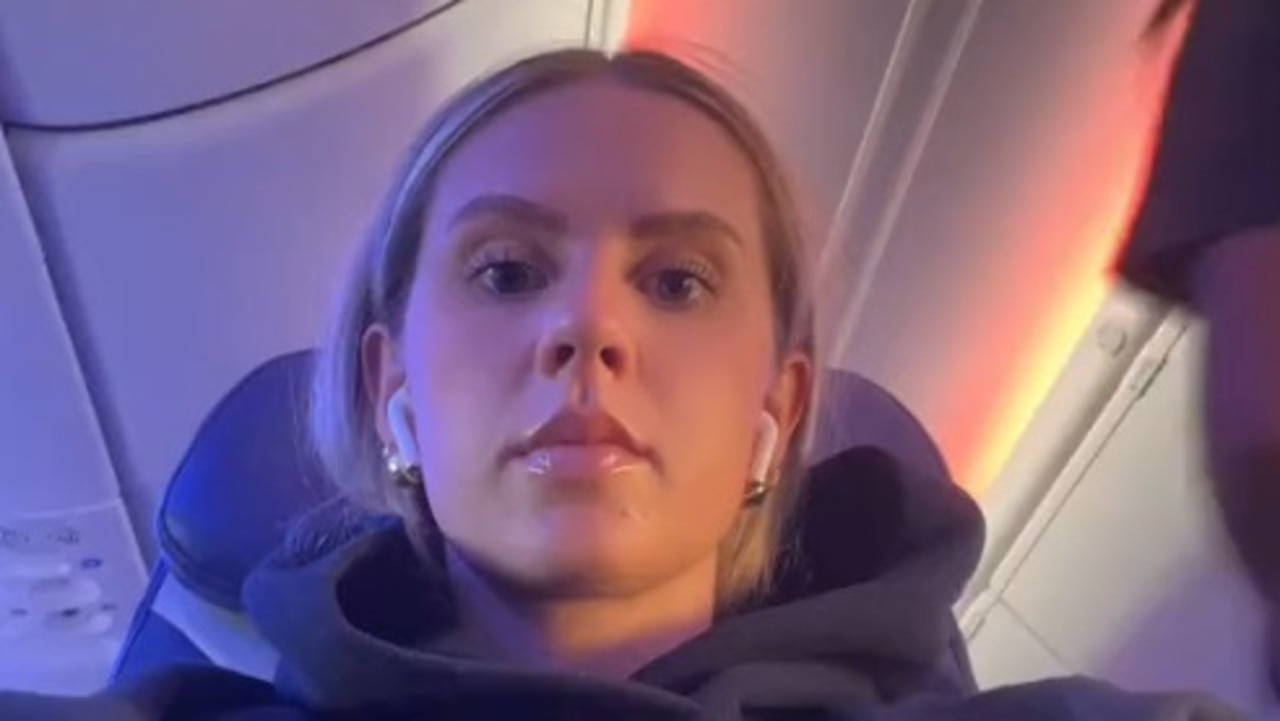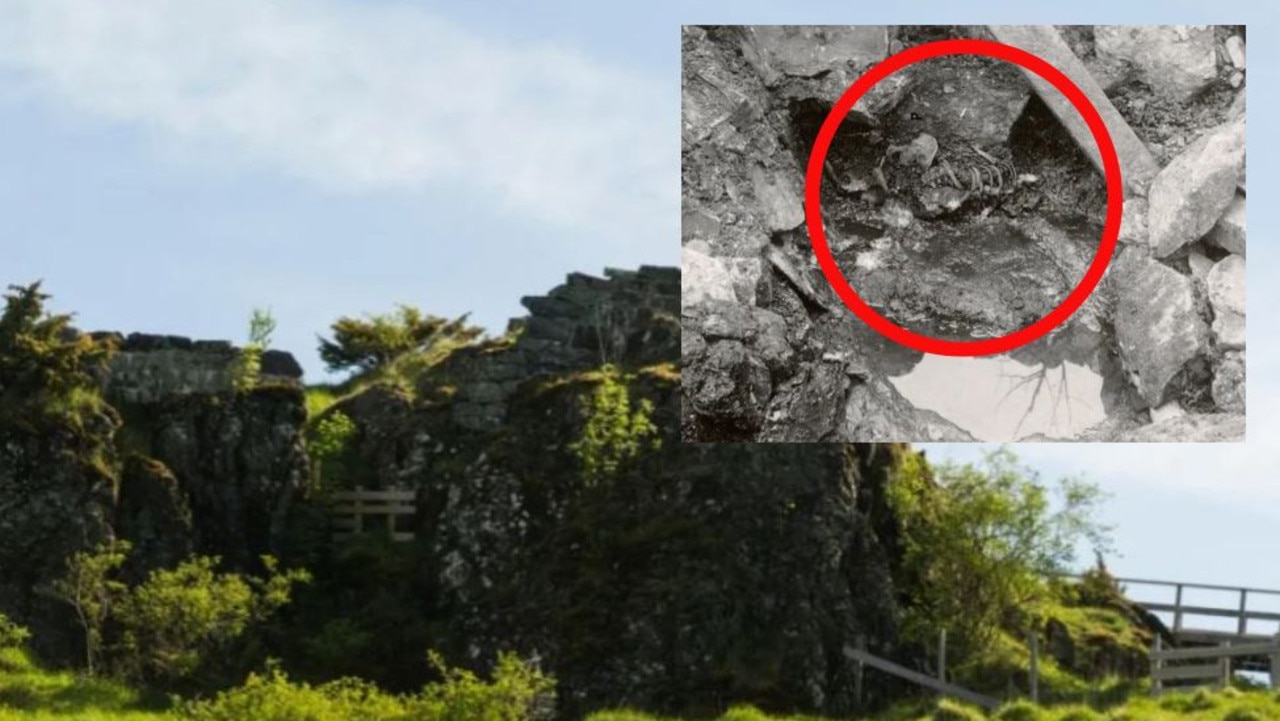Rare sight in arctic waters of Skjervøy, Norway
It’s not something you would expect to see in these waters, let alone in this part of the world, with the rare sight branded “astonishing”.
It’s not something you would expect to see in these waters, let alone in this part of the world.
I was on-board a Northern Lights and whale watching safari vessel recently, about three hours from Tromso, Norway, when we came across something truly surprising — a pod of whales.
But not just any whales — sperm whales — which aren’t known to frequent the Arctic waters in Skjervøy.
“Historically, they just never come here and there’s no deep trenches apart from the trench outside of Andenes which is just south of here,” Victoria Melluish, expedition leader on MV Quest told news.com.au.

“We take pictures of them and then we send them off to local projects and hopefully it helps them suss out what’s going on — but right now, everyone’s struggling a little bit to understand why they’re here.”
Ms Melluish, who is also a cetacean specialist and Antarctica Tour operators ambassador, said in the last year prior to the current sighting she’s seen just one Sperm whale in Norway.
“So I was shocked to see this many,” she said.
She described it as “astonishing” and a “strange sight” to see so many in Skjervøy, adding they’re one of the deepest diving whales and the current location isn’t a deep enough spot for them.
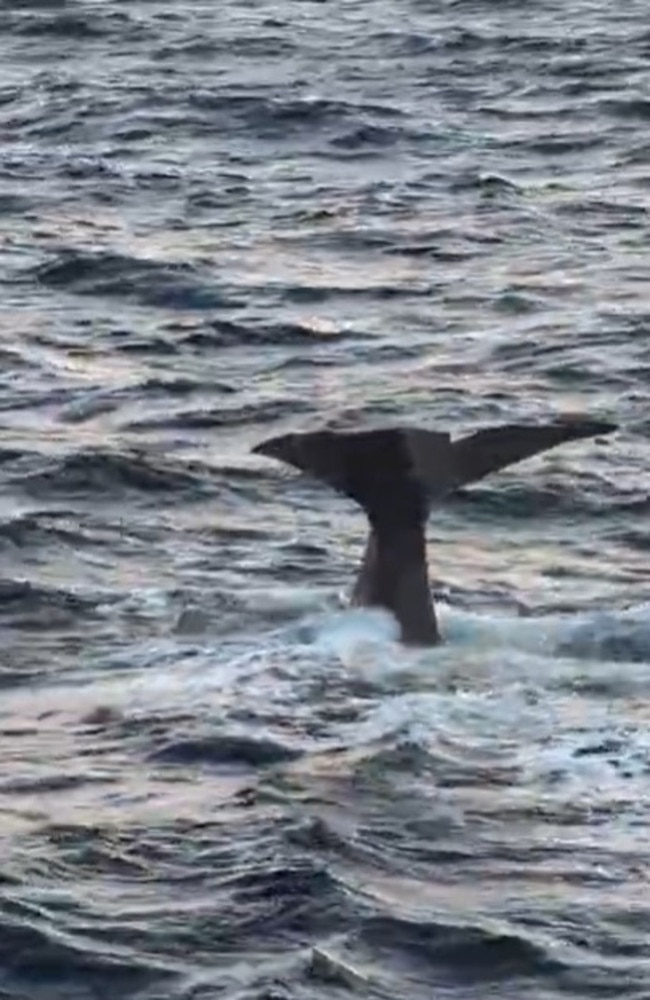
“We see Orcas and Humback whales a lot more here instead,” she said.
In an Instagram post following the rare sighting, Ms Melluish explained one possible reason for their increased frequency could be related to changes in the availability of their preferred prey or habitat.
“Sperm whales are known to feed on squid and various fish species, which might be more abundant in the waters around Skjervøy due to changes in ocean currents or temperature patterns,” she said.
“Such shifts in prey distribution could attract sperm whales to the area as they follow their food sources. Additionally, changes in environmental conditions, such as water temperature or nutrient levels, could have led to an increase in the overall productivity of the ecosystem, supporting a higher number of prey species, thus providing a favourable environment for sperm whales.”
She said, however, it’s important to note this theory would require further scientific investigation to establish a definitive answer.

Their rare appearance delighted everyone on-board the vessel with many heading out onto the front deck to get a closer glimpse, despite the minus 20 conditions.
The whales showed off their flukes which can get as large as five metres from tip to tip.
“Today was one of the best encounters I have ever seen of a sperm whale,” Ms Melluish said in a separate post following our trip.
“MV Quest really is the best whale watching vessel I have worked on so far in my career with outside decks low enough to get close and see the whole whale! Such a privilege.”
While it was indeed a privilege to see these beautiful animals, Ms Melluish warned anyone who wants to book a tour with a whale watching company to be mindful of red flags.
“The rule that most (tours) try to play by is to keep 100 metres away from the whales and to let them come to you,” she told news.com.au while on-board the vessel.

“If they come to you, that’s fine because they feel safe enough. And we’re just gently bobbing and making sure that our stern (the back of the boat) isn’t near them.”
She said if a company says ‘sometimes we’ll get right up close to them’ — then you don’t want to book with them.
“It’s also important to check out the governmental guidelines on the rules.
“We want to make sure we’re being as kind to them as possible. We always say, ‘respect the locals’ as we want to protect them and the more we do that, the longer they’ll stick around.”
Having seen these incredible animals was an unforgettable experience, particularly with the incredible backdrop of the morning sky filled with blues, pinks and oranges.
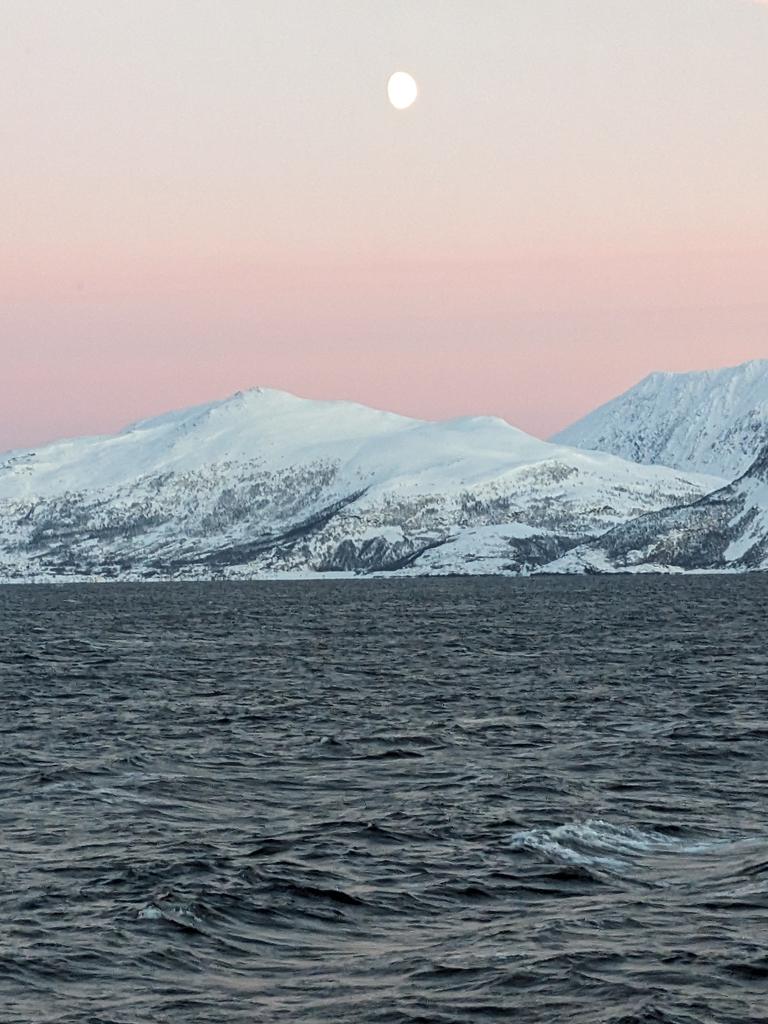

Northern lights
Unfortunately the Northern Lights didn’t come out to play that evening, however we were lucky enough to witness this astronomical phenomenon the night before.
Award-winning Northern Lights photographer, Tor-Ivar Næss, who was on the tour with us, told me that due to Tromsø latitude of 69 degrees and KP Index of 1-2 (a scientific rating of intensity), the tiny city is most popular for light viewings.
“Sometimes it’s cloudy, sometimes it’s a good sunset, sometimes it’s dim — it’s just a numbers game, really,” he said.
If you’re wondering what causes the Northern Lights, it’s solar winds, which blow electronic particles into molecules of atmospheric gases, causing an emission of bright light.
It’s basically created when energised particles from the sun slam into earth’s upper atmosphere at speeds of up to 72 million km/h.
Most Northern Lights are green in colour but sometimes you’ll see a hint of pink, red, violet and white colours.
This writer travelled to Norway as a guest of Expedia.




